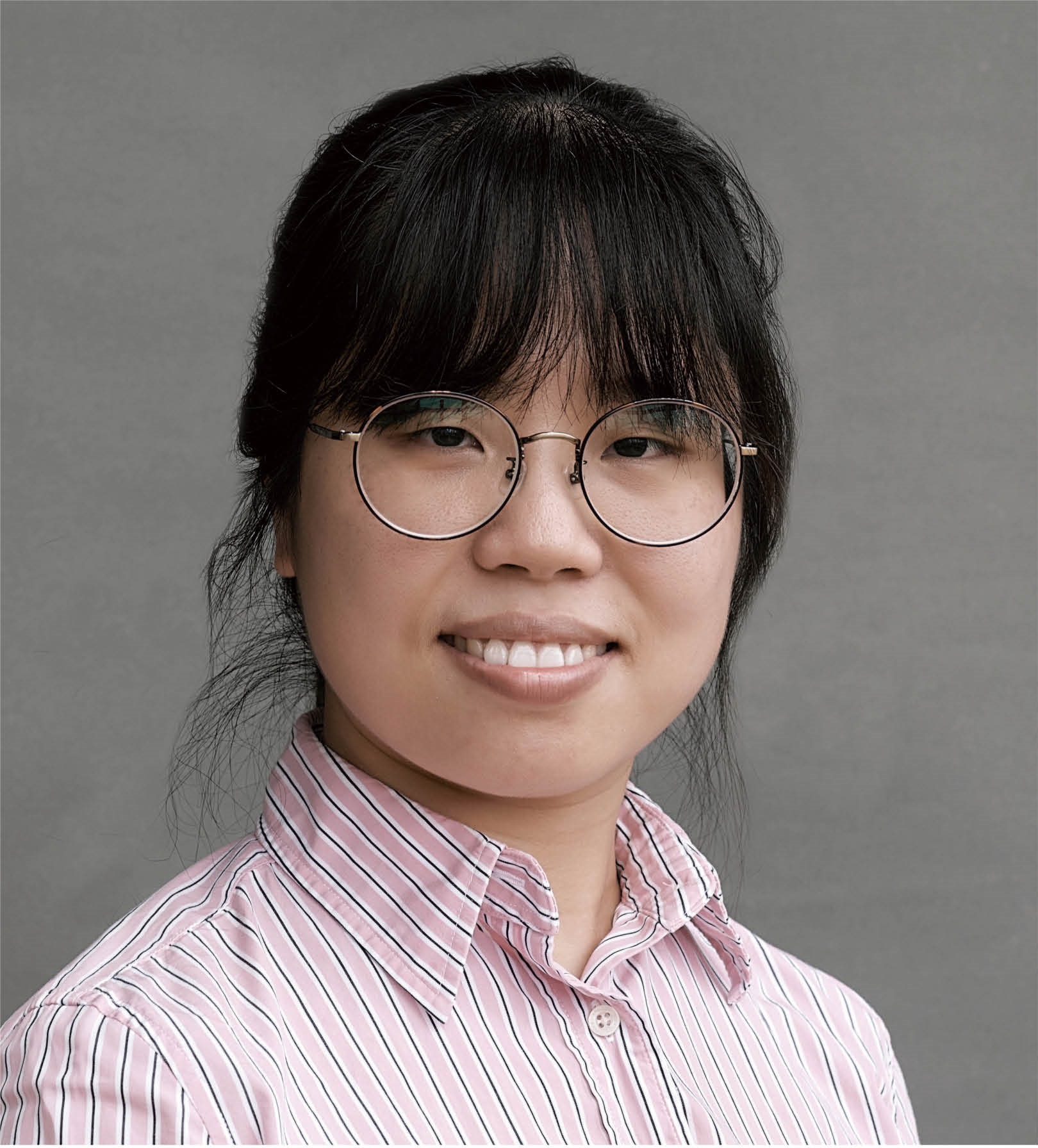
2008年毕业于南京大学,获得学士学位。
2014年毕业于中国科学院生物化学与细胞生物学研究所,获得博士学位。
2014年2月加入美国纪念斯隆-凯特琳癌症中心(Memorial Sloan Kettering Cancer Center)从事博士后研究,获2018 Tri-Institutional Breakout Prizes for Junior Investigators。
2018年加入中国科学院生物化学与细胞生物学研究所,任研究员、研究组长、博士生导师。
多细胞生物的基因表达调控是细胞分化、形态发生和个体发育的基础,调控的异常与多种疾病的发生发展密切相关。基因表达调控包括基因水平、转录水平、转录后水平、翻译水平和翻译后水平等多个层面、多种方式的综合调控。 细胞内存在多种类型的非编辑RNA(ncRNA),包括转运RNA(tRNA)、核糖体RNA(rRNA)、小RNA(如microRNA、siRNA、piRNA等)和长非编码RNA(lncRNA)。这些非编辑RNA及其与蛋白质组装成的复合物参与细胞的多种活动,包括基因的表达调控,并在多种疾病和肿瘤的发生、发展过程中发挥重要功能。基于非编码RNA产生RNAi和CRISPR技术等基因编辑技术,可以实现基因表达水平调控、定点突变和表观遗传修饰改变等等。CRISPR-Cas系统是存在于细菌和古细菌的获得性免疫系统,在RNA的介导下,利用多种不同的核酸内切酶序列特异性地靶向并切割DNA或者RNA分子,在构建细胞系模型、动植物模型、基因的定点编辑和遗传疾病治疗等方面有广泛的应用前景。
我们实验室主要运用结构生物学方法,结合分子生物学和生物化学等其他技术手段,研究上述几个方面中相关的RNA-蛋白质复合物,在分子水平阐明其发挥功能的结构基础,有助于我们了解相关疾病的分子机理,为药物的研发以及疾病的治疗提供结构信息。未来五年,我们主要研究真核细胞中lncRNA与相关蛋白质或蛋白质复合物组装及其在基因表达调控中发挥作用的分子机理,以及CRISPR-Cas系统特异性识别并切割DNA或RNA分子的分子机理。